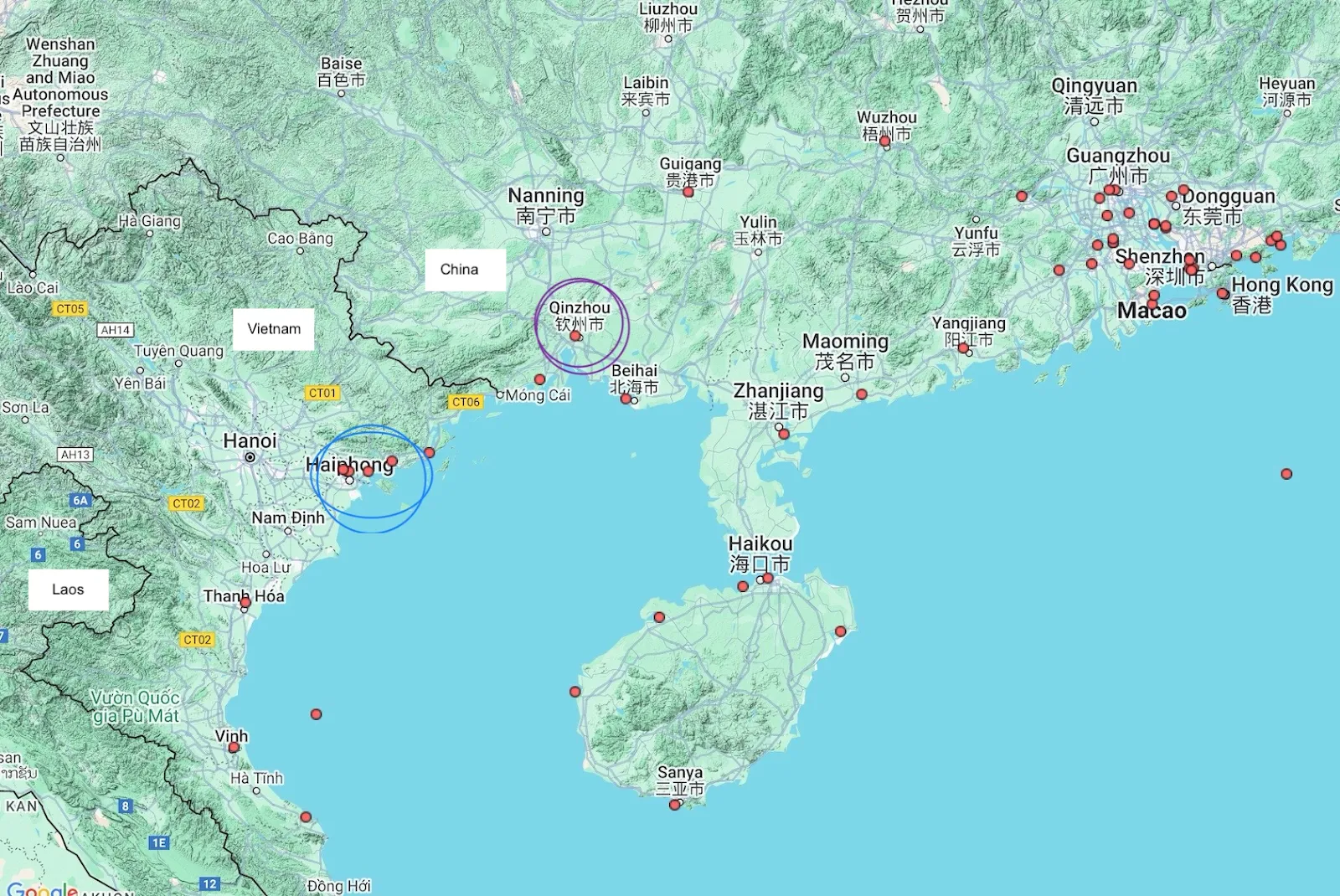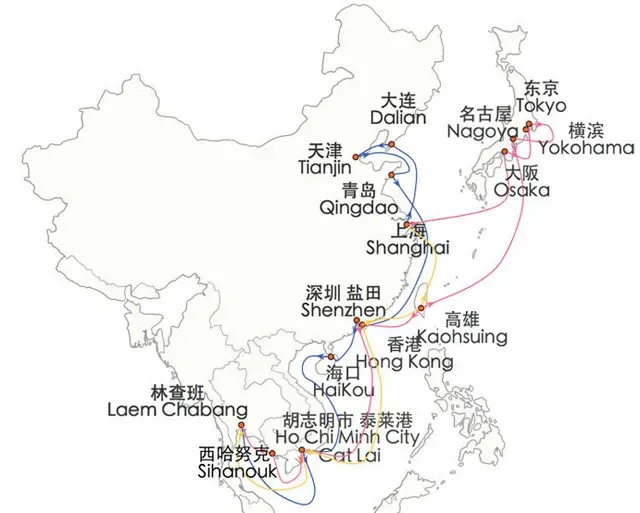Is your manufacturer moving to Vietnam? Vietnam’s role in global manufacturing & how it impacts your ecommerce brand

While the shift away from Chinese manufacturing is actually part of China’s long-term economic goal, the pressure to move manufacturing out of the country is accelerating after recent tariffs. Today, Chinese government incentives and investments in the country are focused more on innovation and R&D efforts in advanced technologies (such as AI, electric vehicles, and biotech) than on manufacturing. As a result, a number of Chinese manufacturers have shifted operations to Vietnam. So, what does this mean for your ecommerce brand?
China, Vietnam, and the Asian Manufacturing Landscape
China’s coastline is an often overlooked advantage. China’s share of container volume at the world’s biggest seaports rose to nearly 42% in 2023, up from 36.6% ten years ago. As a region, Vietnam, Cambodia, and other Asian countries stood in a distant second place – meaning China is still very much a “factory to the world.”

Still, Chinese shipping ports near the Vietnam-China border (like Qinzhou) have sustained some of the highest growth rates globally in recent years. A supplier moving your manufacturing to Vietnam may be restructuring a cross-border operation that exists already.
Vietnam is a manufacturing powerhouse and the manufacturer of choice for many brands. Vietnam is the second largest supplier for footwear brands like Ugg or Hoka, and according to a Vietnamese news source (you may need to pop on your translation tool!), Ugg and Hoka have 68 supply chain partners in Vietnam compared with China’s 125 for these brands. The same source suggests apparel and accessory brands like The North Face, Timberland, and Jansport source from Vietnam suppliers 17% of the time, closing in on the 38% of suppliers they source from in China. About 50% of Nike shoes and 39% of Adidas shoes are manufactured in Vietnam.
While a substantial portion of Vietnamese-made goods are sent directly to the United States, a notable share is also being shipped to China for further processing. Vietnam has agreed to crack down on Chinese goods shipped to the US via Vietnam, though manufacturers from China still choose to relocate. Vietnam also opened its port access to Laos (which is landlocked) in 2022 – long before the tariff threats began. Although it is not true today, Laos may one day achieve more favorable trade agreements than Vietnam – so your Chinese supplier may be making a wise decision. A Laos manufacturer could eventually hit a Vietnam seaport (or even new routes in countries like Cambodia) before moving to its final destination in the USA.

How a Shift to Vietnam Impacts Your Ecommerce Manufacturing
Vietnam’s export logistics rely on ports like Ho Chi Minh City, Cai Mep-Thi Vai, and Hai Phong. These ports aren’t necessarily optimized for high volumes. Vietnam’s shipping routes are modern and can serve direct USA lanes, but plan for extra lead time, as these corridors can get congested and add anywhere from 2 days to a week to your lead time. Make sure your manufacturing partner in Asia can select the right port for your city. With suppliers shifting origins from China to Vietnam, make sure that you have completed clear, accurate country of origin documentation for the USA.
Emerging corridors (like the ones linking Vietnam and Laos, or the ones proposed by Cambodia) may allow goods made with Chinese components to move more swiftly in the future. Keep an eye on these shipment options, as well as any tariff changes, to remain ahead of any major bubbles in the supply chain.


.png)

